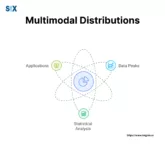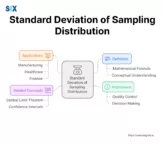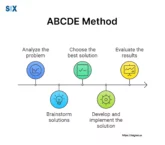A Lean Six Sigma Guide to Eliminating Supply Chain Bottlenecks & Boosting Profitability
A single, unseen supply chain bottleneck can silently drain millions from your bottom line before it’s even formally identified. For many managers, this reality leads to a state of constant firefighting—a chaotic cycle of managing unpredictable delays, placating frustrated customers, and dealing with the costly pile-up of excess inventory. This reactive approach is not only […]


























